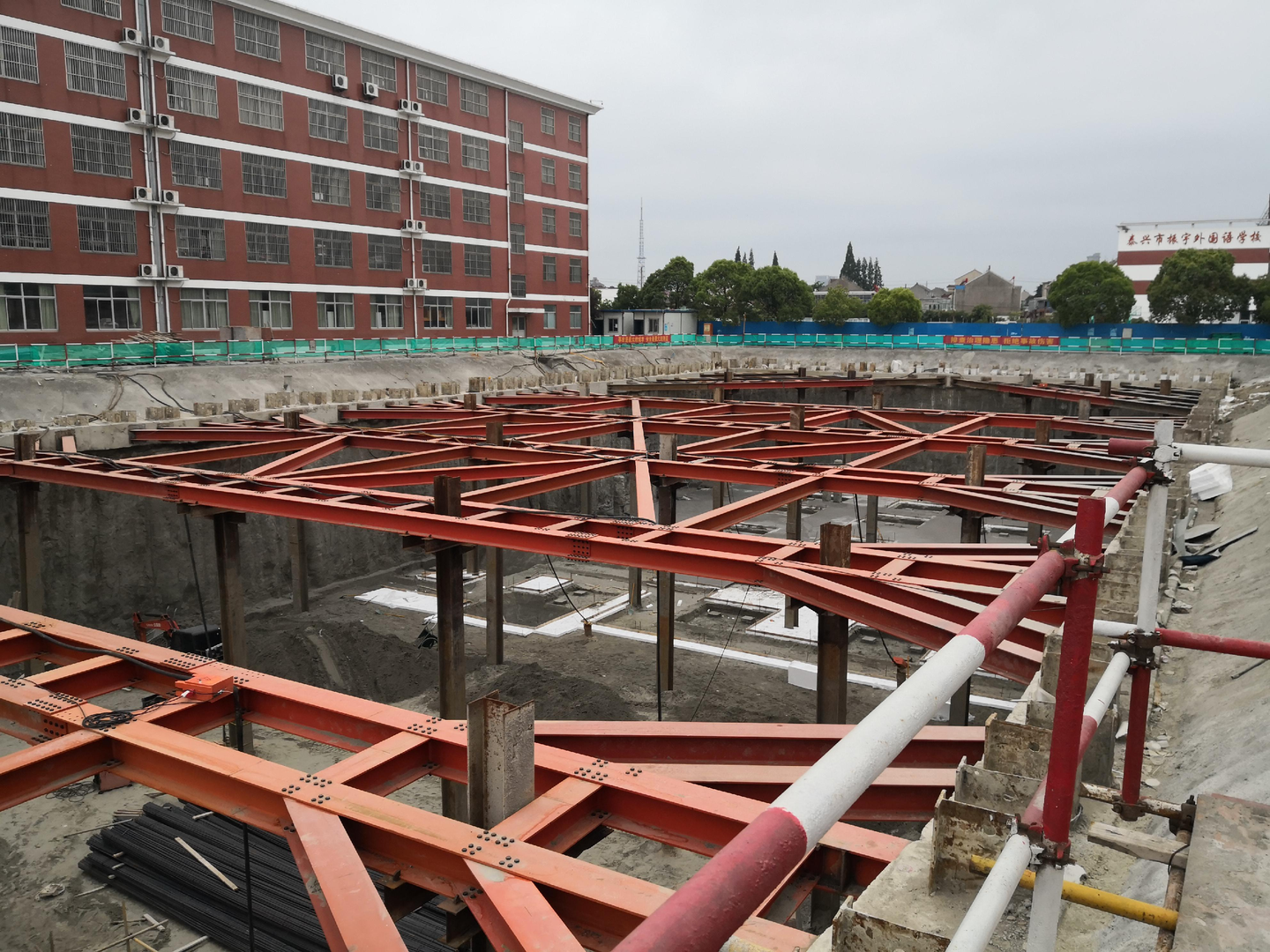Understanding the Fundamental Role of Steel Support Systems in Modern Construction
Steel supports represent the backbone of modern construction and engineering, providing essential structural integrity across countless applications. These robust components combine strength, durability, and versatility to create safe and reliable frameworks for buildings, infrastructure, and industrial facilities. From towering skyscrapers to underground mining operations, steel supports have revolutionized the way we build and maintain our constructed environment.
In today's rapidly evolving construction landscape, steel supports have become increasingly sophisticated, incorporating advanced engineering principles and innovative designs to meet growing demands for safety, efficiency, and sustainability. These crucial structural elements not only bear immense loads but also adapt to various environmental conditions while maintaining their structural integrity over extended periods.
Types of Steel Support Systems
Structural Steel Columns and Beams
Structural steel columns and beams form the primary framework in modern building construction. These robust components work together to transfer loads effectively throughout the structure while maintaining optimal stability. I-beams, H-beams, and wide-flange sections are commonly used configurations, each designed to handle specific load requirements and structural demands.
The versatility of structural steel supports allows architects and engineers to create bold, innovative designs while ensuring maximum safety and reliability. These components can be precisely fabricated to meet exact specifications, reducing on-site modifications and accelerating construction timelines.
Steel Support Brackets and Braces
Support brackets and braces play a crucial role in reinforcing structural integrity and preventing lateral movement. These components come in various shapes and sizes, from simple L-brackets to complex custom-designed bracing systems. Their primary function is to distribute loads evenly and provide additional stability to the main structural elements.
Modern steel support brackets often incorporate adjustable features, allowing for precise alignment and load distribution. This flexibility makes them invaluable in both new construction and renovation projects, where existing structures may require additional reinforcement.
Applications Across Different Industries
Construction and Architecture
In the construction industry, steel supports serve as the foundation for countless architectural achievements. From commercial buildings to residential complexes, these structural elements enable the creation of open, flexible spaces while maintaining necessary load-bearing capabilities. The ability to span large distances without intermediate supports makes steel particularly valuable in modern architectural design.
Steel supports also play a crucial role in sustainable construction practices. Their high strength-to-weight ratio reduces the overall material requirement, while their durability ensures long-term performance with minimal maintenance. Additionally, steel's recyclability aligns with growing environmental consciousness in the construction sector.
Industrial and Manufacturing Facilities
Manufacturing facilities rely heavily on steel supports to create safe, efficient production environments. These structures must accommodate heavy machinery, equipment loads, and dynamic forces while maintaining strict tolerances. Steel support systems in industrial settings often incorporate specialized features such as vibration dampening and corrosion resistance.
The adaptability of steel supports allows for future modifications and expansions, making them ideal for evolving industrial needs. They can be designed to support overhead cranes, conveyor systems, and various mechanical installations while maintaining structural integrity.
Design Considerations and Engineering Principles
Load Calculation and Distribution
Proper design of steel supports begins with accurate load calculations, considering both static and dynamic forces. Engineers must account for dead loads, live loads, wind loads, and seismic forces when determining appropriate support configurations. The distribution of these loads throughout the structure requires careful analysis to ensure optimal performance.
Advanced computer modeling and simulation tools help engineers predict structural behavior under various conditions, enabling more efficient and reliable designs. These technologies allow for precise optimization of steel support systems, reducing material usage while maintaining safety margins.
Material Selection and Specifications
Selecting the appropriate steel grade and specifications is crucial for support system performance. Factors such as yield strength, tensile strength, and ductility must be carefully considered based on specific application requirements. Environmental conditions, including exposure to corrosive elements or extreme temperatures, also influence material selection.
Modern steel manufacturing processes offer various options for enhanced performance, such as high-strength low-alloy (HSLA) steels and corrosion-resistant coatings. These innovations enable engineers to design more efficient and durable support systems.
Installation and Maintenance Requirements
Professional Installation Procedures
Proper installation of steel supports requires skilled professionals and precise execution. The process typically involves careful alignment, secure connections, and quality control measures to ensure structural integrity. Welding, bolting, and other joining methods must meet strict industry standards and specifications.
Installation teams must also consider site conditions, access requirements, and safety protocols throughout the process. Proper coordination between different trades and careful sequencing of installation steps helps ensure successful project completion.
Ongoing Maintenance and Inspection
Regular maintenance and inspection of steel supports are essential for long-term performance and safety. This includes periodic visual inspections, non-destructive testing, and documentation of any changes or deterioration. Preventive maintenance programs help identify potential issues before they become serious problems.
Professional engineers should conduct thorough structural assessments at recommended intervals, particularly in critical applications or harsh environments. These evaluations help ensure continued compliance with safety standards and structural requirements.
Frequently Asked Questions
How long do steel supports typically last?
Steel supports, when properly designed, installed, and maintained, can last several decades or even longer. The actual lifespan depends on various factors including environmental conditions, load exposure, and maintenance practices. With appropriate corrosion protection and regular inspections, steel supports can maintain their structural integrity for 50 years or more.
Can existing steel supports be modified for different loads?
Yes, steel supports can often be modified or reinforced to accommodate changes in load requirements. However, any modifications must be carefully engineered and approved by qualified professionals to ensure structural integrity is maintained. This flexibility is one of the key advantages of steel support systems.
What are the environmental benefits of using steel supports?
Steel supports offer several environmental advantages, including their high recyclability, reduced material usage due to high strength-to-weight ratio, and long service life. Modern steel production methods also continue to reduce carbon emissions and energy consumption, making steel supports an increasingly sustainable choice for construction projects.






